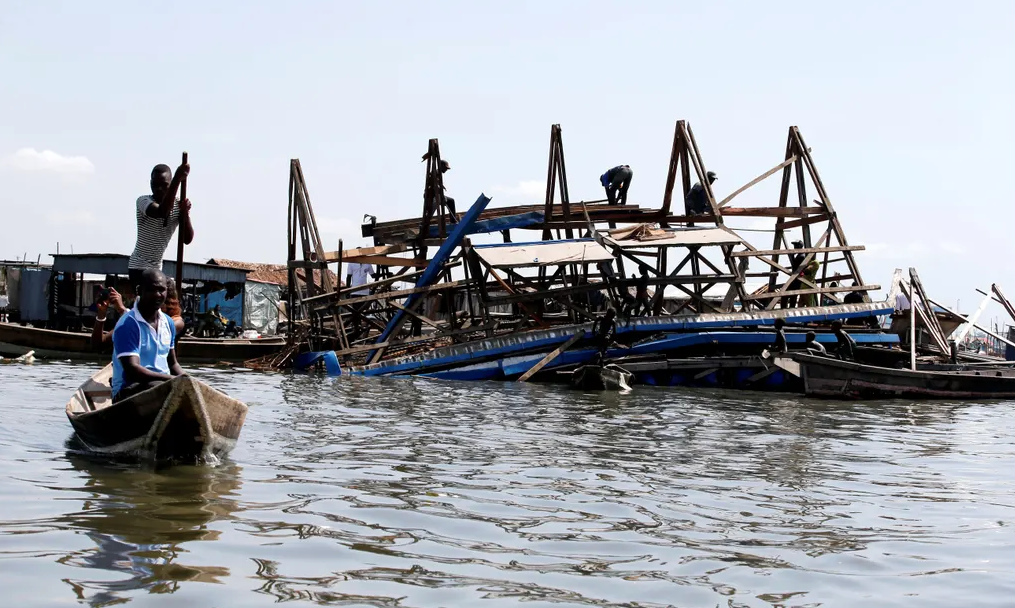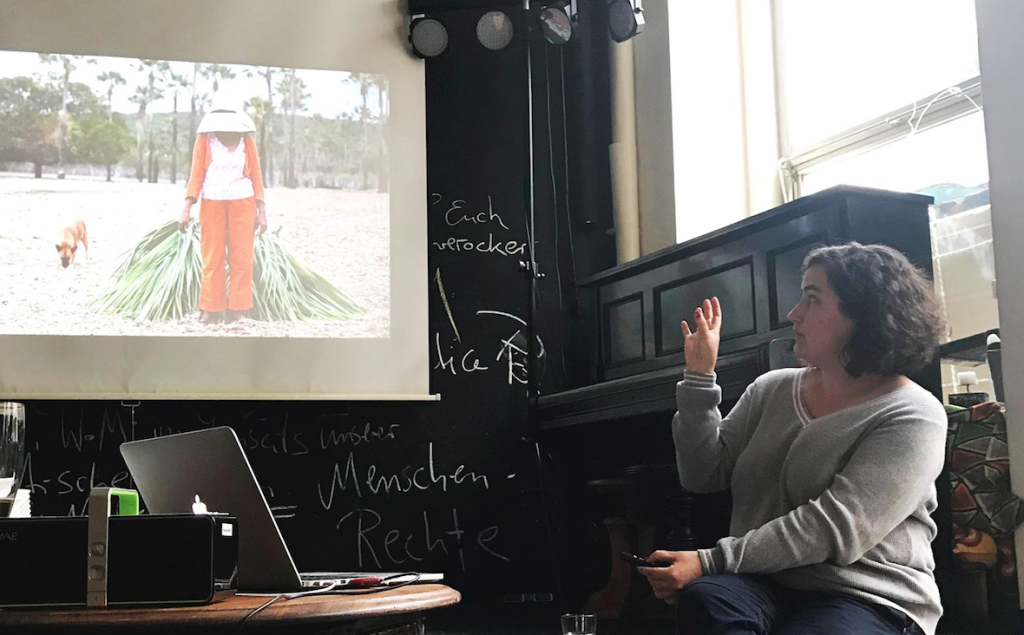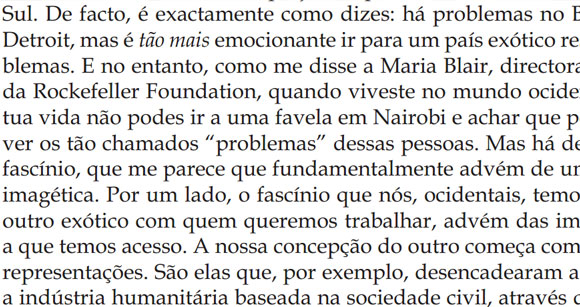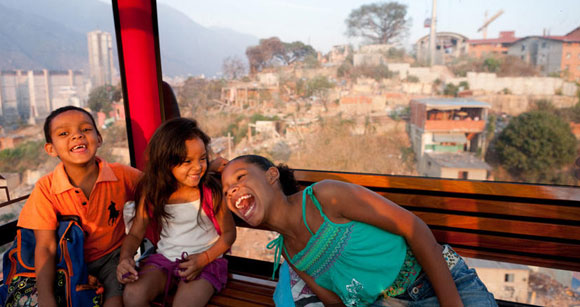
The collapsed Makoko Floating School by NLE Works. Photo Akintunde Akinleye/Reuters, first seen at the Guardian.
I hardly ever rant on social media, but when I visited the recent Social Design exhibition at the Museum für Gestaltung in Zurich, I couldn’t help myself. Here was another noble attempt at celebrating a nascent field for design, but once again, falling short for a number of reasons – which I listed online.
I was thrilled when Gabrielle Kennedy, the editor in chief of DAMNÂ magazine, asked me to turn my post into a proper op-ed piece for the magazine, which was published in their April 2019 issue. What an honor! Thank you for the invitation and for the opportunity to once again revisit the fundamental need to do away with good intentions if we ever want social design to become all it can be. Below a small excerpt of my piece:
When design steps outside of its silo to engage with other disciplines and contexts, the stakes are much, much higher. We’re not just making chairs and lamps, and therefore social design needs better research and assessment, a willingness to listen and embrace complexity, time to develop, mature, test solutions – away from media cycles and yearly product launch calendars. Ultimately, social design is a brave new world. And it needs to do away with the structures that inspired and modelled it in the first place. You want to engage with social design? Then you need to do better. Social design has to be about more than good intentions. It is political, complex, and not easily digestible in feel-good blurbs. It deserves critical analysis and rigorous evaluation. To hell with good intentions – social design deserves better, much better than what we’ve given it so far.



